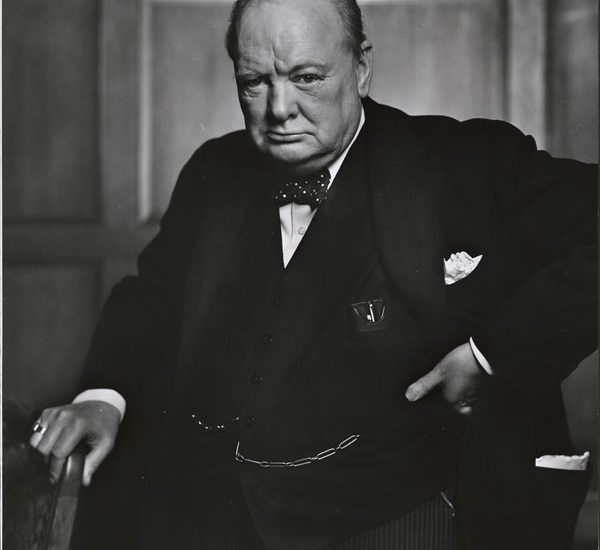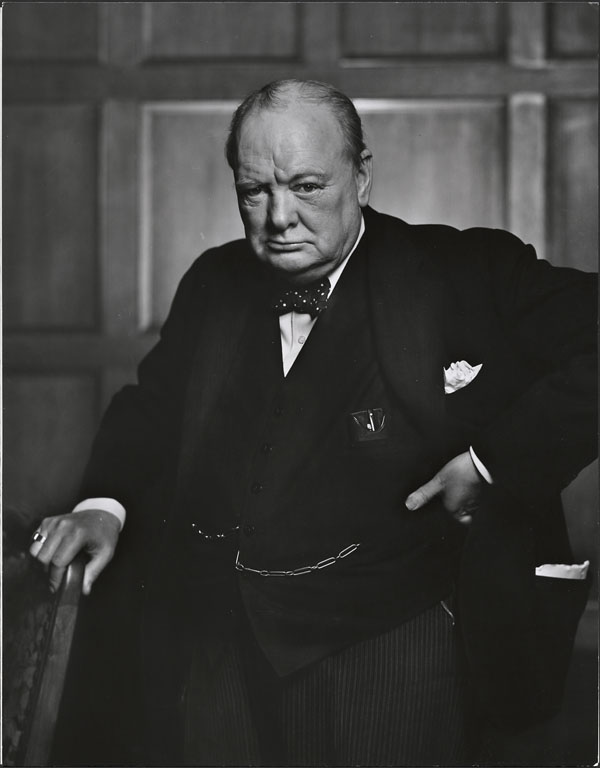- March 24, 2021
- Posted by: David Marshall
- Category: Leadership, Management

“In a crisis, don’t hide behind anything or anybody. They’re going to find you anyway.”
— Bear Bryant, former Alabama football coach.
The way you handle a crisis shows what kind of leader you are. Are you like many other executives who are afraid and hide in their office? Do you send out your PR team and your attorneys to deal with the fallout?
Or do you step out and face the problem head-on? Do you work on the solution, speak with the media and your workers, and personally address the crisis?
The best way to deal with a crisis is to be honest and upfront with people, be the first to address the issue, lead from the front, and stay there. You can’t delegate leadership, you’ve got to be visible and interact with everybody as much as you can.
 One of the things Winston Churchill was famous for was his timing. During the Blitz, he would make sure he was out in the streets, being seen. He didn’t sit in Downing Street issuing instructions to others, he was out walking around. People knew he was with them and working for them because he was out and about immediately after Blitz attacks.
One of the things Winston Churchill was famous for was his timing. During the Blitz, he would make sure he was out in the streets, being seen. He didn’t sit in Downing Street issuing instructions to others, he was out walking around. People knew he was with them and working for them because he was out and about immediately after Blitz attacks.
Conversely, in 1966, in Aberfan, Wales, 144 people (mostly schoolchildren) were killed when a dike collapsed and buried the village in an avalanche of coal slurry. One of the worst criticisms Queen Elizabeth ever took was that she took eight days to visit Aberfan and mourn with the villagers. She was blistered in the press and by the people of Great Britain, even after first sending her husband, Prince Philip in her place.
I’m a big fan and student of Winston Churchill, so I have known that whenever there has been a crisis, I needed to be visible.
I remember one time we had a fire at our Duoline plant while I was on a business trip to Dubai.
Rather than delegating the recovery to our staff — who were more than capable of handling it, and they did for the first 24 hours — I immediately flew back home. While I was traveling, I directed the staff to immediately call contractors and begin replacing all the carpet, ceiling tiles, and insulation in the office, as well as repairs to the cure oven that had been the source of the blaze.
They started booking those contractors even while the fire brigade was cleaning up and stowing their gear. The contractors also washed and sealed all the affected office walls and immediately repainted them to ensure we got rid of the stink and the smoke damage.
Once I returned, I made sure to be visible by being around and overseeing the proceedings. I also ensured things were getting done immediately. Insurance companies are notoriously awkward to deal with, particularly when there are big claims, but I was making sure we were renovating and repairing before we even had a commitment from them.
More importantly, I needed to be there to address the public and the employees. I made sure we kept people informed on a very regular basis with facts, not bullshit. Even if it was to say, “At this point in time, I have no clue what we’re doing,” that was better than to not address them at all. People will forgive you for that as long as you don’t say that too often.
But there are countless stories of CEOs and leaders who chose to lead from the rear, hiding, refusing to talk to the press, refusing to address workers, until all confidence in the company was lost and the company never recovered or took years to return to any semblance of health.
I’ve been a manufacturing executive, as well as a sales and marketing professional, for a few decades. Now I help companies turn around their own business, including pivoting within their industry. If you would like more information, please visit my website and connect with me on Twitter, Facebook, or LinkedIn.
Photo credit: Library Archives from Canada (Wikimedia Commons, Creative Commons 2.0)

